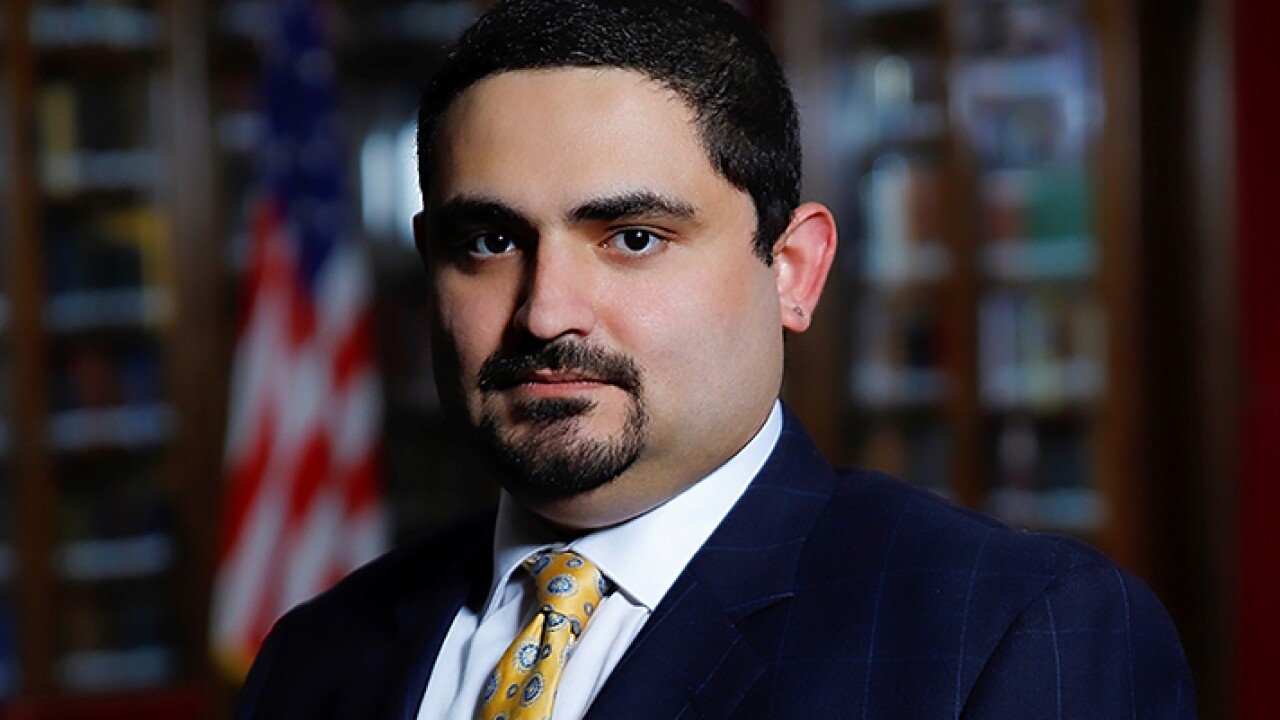Complimentary access to top ideas and insights — curated by our editors.
Funds that states receive as part of the $550 billion allocation from the Infrastructure Investment and Jobs Act will likely increase municipal bond issuances only slightly.
That’s according to panelists during a discussion at The Bond Buyer’s National Outlook Conference on Tuesday.
“It’s possible we might see marginal increases in issuance but we don’t think it’s going to displace issuances,” said Emily Brock, director of the federal liaison center at the Government Finance Officers Association. “It’s not going to be less issuance than it has been.”

While panelists said that this historic level of funding will be helpful in supplanting existing programs, they are more hesitant to agree that this will lead to large scale expansions of existing programs.
“When we put that in the context of the MTA’s $51 billion capital program for transit commuter services in this region, that is meaningful investment that will enable us to essentially have lower debt service requirements for what we would otherwise bond finance,” said Pat McCoy, director of finance at the Metropolitan Transportation Authority. “But absolutely, this is going to be a transformative round of investment that's needed across the country.”
Issuers like the MTA are still conducting their own internal analysis on how they’ll begin to invest federal dollars and in speaking on the topic today, are maintaining a conservative stance as to their projections on how to spend it.
“We're still going through an analysis internally on how we're going to do so we don't have specific plans that we can release publicly,” McCoy said. “But as I said, supplant is one of the first ideas that comes to mind.”
“We’re in the midst of our largest five-year capital program ever,” McCoy said. “To the degree that we can borrow a little bit less, that's just going to take a little bit of pressure off of our pledged revenues to support our debt.”
The MTA plans to release more information on how they intend to spend IIJA funds in their July Financial Plan. But already, others are beginning to urge recipients to think about spending beyond their immediate needs.
“The federal gas tax hasn’t been touched since 1993,” said John Markowitz, assistant treasurer, North America at Transurban, one of the world’s largest toll-road operators.
“Neither party wants to touch that,” Markowitz added. “I firmly believe that this money will eventually run out and that we need a sustainable money source and you have to do that by charging people for the negative externalities that they use.”
Markowitz also urged listeners to consider the future operating costs that creating new programs will require, as the five-year life-span of these funds will dry up quickly.
“You all talk about building, building, building, how many people are thinking about what it’s going to cost to operate these facilities for 30 or 40 years,” Markowitz said. “It'd be great to see some of this money go towards modernizing financial reporting systems, ERP systems and IT infrastructure,” he added. “To me, that's pretty important.”
Another matter to consider when investing in public infrastructure is environmental, social and governance factors, as both President Biden and Securities and Exchange Commission Chairman Gary Gensler have made these matters hallmarks of their reform efforts.
“Financing green elements and funding green elements is a fundamental part of this administration,” said Brock.
The MTA is the largest green bond issuer in the country, with $11.4 billion in green bonds issued so far, and the MTA’s McCoy emphasized just how important it is for municipal issuers to consider their goals within this framework.
“It is a very small cost to the overall cost of issuance,” McCoy said. “Green bond issuance for us really works well.”
While panelists remained excited about the opportunities ahead, they understand the need to get this money to states as soon as possible.
The Senate passed a continuing resolution on Feb. 17 to extend funding for the federal government through March 11. How states will receive more money past then will be decided in the continuing resolution discussions.
“The reason that we're so concerned about the continuing resolution is because that will be the vehicle for us to put this spending dollars that we can fund and plug up the formula funding to IIJA levels,” Brock said. “Until then, the states really don't have any more money from the federal government until the federal government passes that spending plan, which will be a part of the continuing resolution.”
“Elections are coming,” she added. “And people want to cut physical ribbons, not just talking about what the ribbons might look like, or what the infrastructure might look like.”





